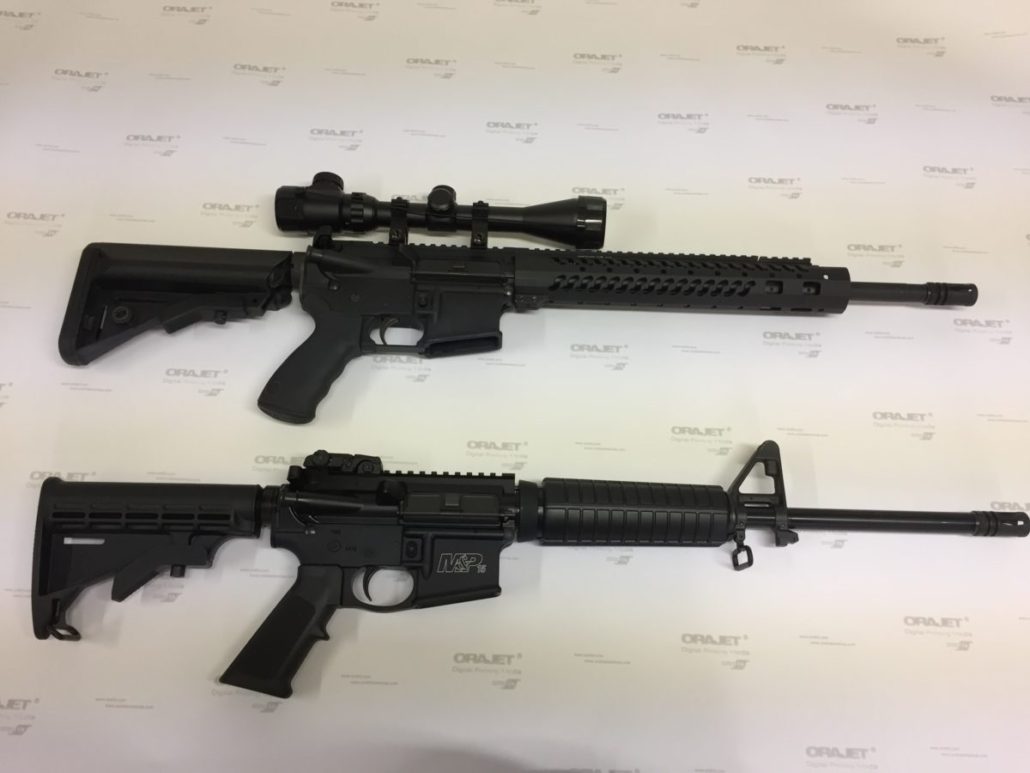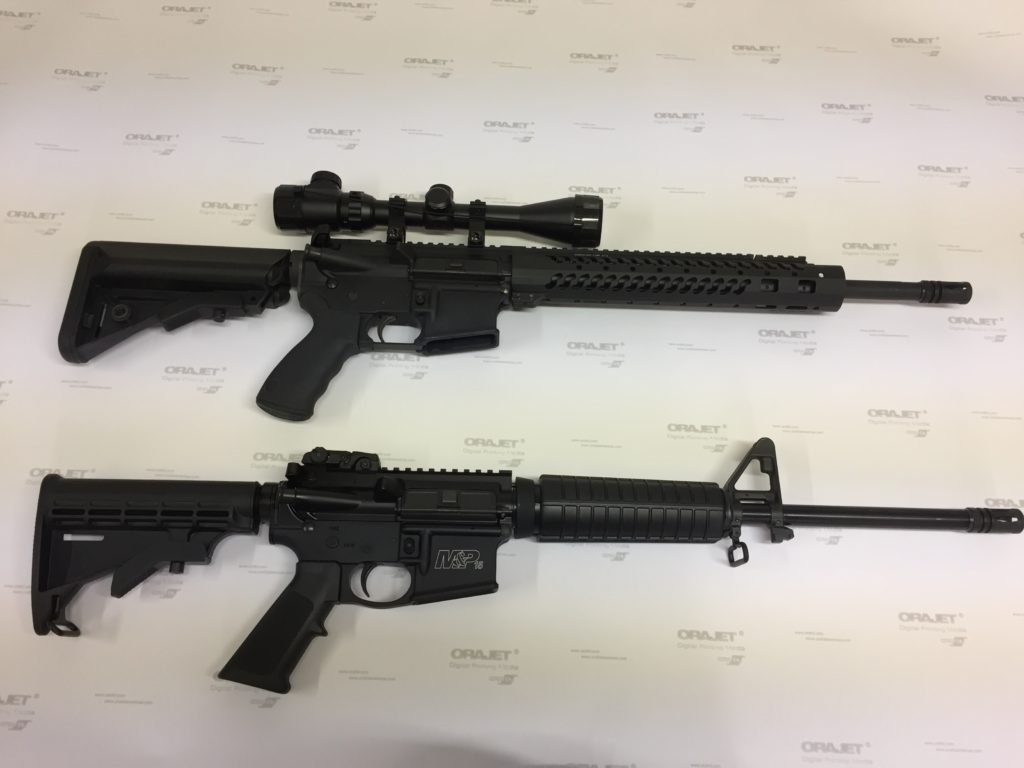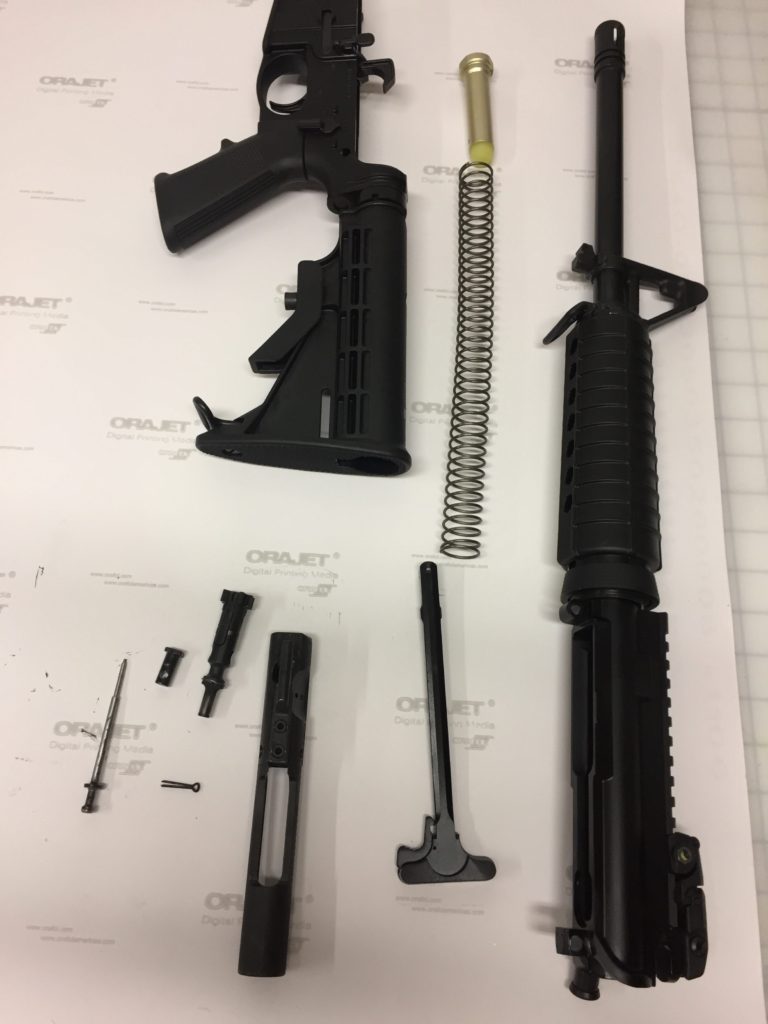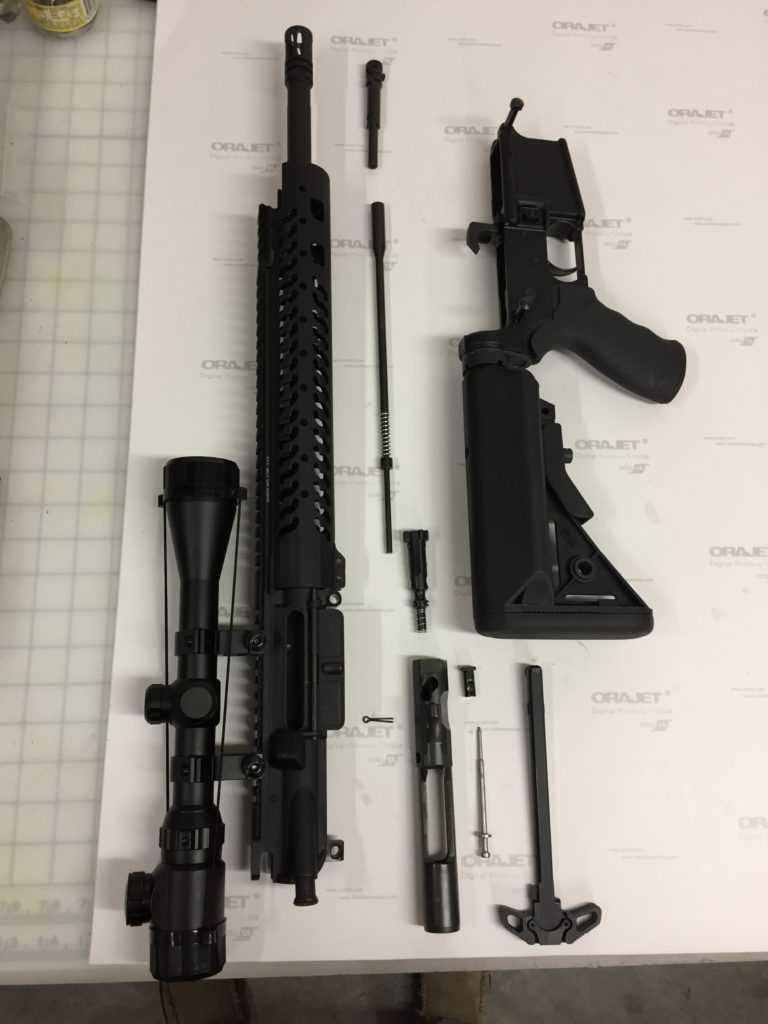It seems like the popularity of the AR platform has no signs of slowing down, and for gun lovers like myself that is great news. However, with the all that popularity and the flood of choices on the market it can sometimes be hard to choose the best option for your needs. In today’s article I’m going to discuss what seems to be a major point of contention with AR owner’s currently. I’m talking about gas driven guns (direct impingement) vs piston driven guns. Like anything else you will find die-hard loyalist in both camps, but I hope to provide you with just a sliver of insight from someone who happens to own both.
Let’s start with the gas driven models or what I will refer to from this point as “direct impingement” models. This is the more traditional of the two and is what the model was based from. In this configuration gas from the combustion of the round travels through a small hole in the barrel typically at or near the front sight. From this point the gas travels through the “gas tube” towards the rear of the gun. Once there the gas exits the tube into another shorter tube mounted directly onto the bolt carrier assembly. This trapped gas drives the bolt rearward, ejecting the spent cartridge and allowing a new round to move into battery position. This is an extremely efficient system and as I mentioned, this is the original technology behind the advent of the AR. Along with that comes some pros and cons as with anything else. here is what I’ve come to learn so far:
- (Pro) replacement parts are relatively cheap and extremely easy to find.
- (Pro) for the most part, direct impingement parts are meant to be interchangeable and can be used with a variety of name brands or models. In other words these parts are not proprietary to only one model or brand.
- (Con) the gas expelled from the gas tube into the bolt assembly is extremely dirty. Naysayers will tell you that at some point any gun will fail due to being dirty. I’m sure that is true and has been my experience with other firearms. Though I have heard many people brag that they have fired their AR thousands of rounds without a cleaning and with no issue.
- (Con) expelled gas is extremely hot. This means that if you were in a situation where you had a catastrophic failure of your weapon and were forced to strip it down, you would not be able to hold the bolt carrier in your hand without being burned. In a moment where the mess is hitting the fan, this could be critical. Fortunately, for most civilians this isn’t a major issue.
- (Pro) The last pro that I will mention and perhaps the most significant is that most direct impingement models can be found for hundreds of dollars less than their piston driven counter parts.
Now let’s talk about the piston driven models. In this case the gas from the expelled round travels through a small hole in the barrel much the same way as the direct impingement model. However, in this case the gas travels to a very short tube that exits into a solid rod with a cupped area on the end. The trapped gas pushes the entire rod backwards. The rod impacts a solid plate on the bolt carrier assembly, driving it backwards. The spent cartridge is expelled, and a new round moved into battery. Not much different than the earlier mentioned model, except that the gas does not travel back to the bolt, and exits to the front. Here are some pros and cons I’ve noticed with this model:
- (Pro) extremely clean running – see more on that below
- (Pro) runs very cool. You could literally shoot a box of ammo, tear the gun down, and hold the components in your palm without needing medical attention 😉
- (Con) piston mechanisms are specific in most cases to each brand, so finding replacement parts can be difficult
- (Con) more parts (only a couple) needed to me removed for tear down and cleaning
- (Con) Expensive – or at least much more so that the direct impingement models
Below I have pics of both models that I own. You will see that I own a M&P sport II which is the direct impingement model. The other is an Adams Arms piston driven unit (this will be the one with the scope). Both of these were clean when I went to the range and I fired a little over 50 rounds of TUL Ammo through each. In the pics you will see both have been basically field stripped. This will let you see the piston drive assembly from the Adams Arms gun. You will also see a blanket that I used to wipe both guns down, using no cleaning solvent at all just a simple rub down of all components. At this point I must stress, don’t try this highly sophisticated scientific method at home – that is unless you have a similar looney toon babies blankie!!!! Remember it’s all about safety for gosh sakes. The blankie images clearly show the difference in carbon produced by both gun.
Overall, the model you choose is simply going to be a matter of preference. For a first time AR owner I would definitely recommend the less expensive direct impingement model for it’s easy of tear down, availability of parts, and price. But in the end, they are both excellent shooters and AR’s in general are a blast to own and shoot. Enjoy and be safe out there!






